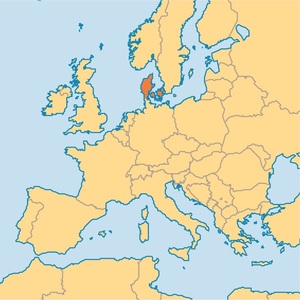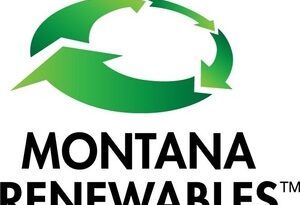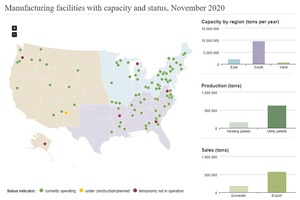Denmark announces new biomass sustainability requirements
Energy Disrupter
ADVERTISEMENT
The Danish government announced a political agreement on Oct. 3 that establishes new sustainability requirements for woody biomass used to produce heat and electricity in Denmark. The U.S. Industrial Pellet Association applauded the agreement, calling the sustainability criteria strict but workable.
An announcement published by the Danish Ministry of Climate, Energy and Utilities explains the agreement was reached between eight Danish political parties and will provide greater assurance that the biomass used for heating and power applications is as sustainable and as possible. The new requirements replace a voluntary industry agreement that has been in place since 2014.
Under the agreement, biomass must come from legally felled trees and legally felled trees must be replanted. Biomass from countries whose forests are in decline cannot be used unless it comes from sustainably managed forests or is a residual product. The agreement also includes supply chain emissions requirements and stronger requirements for documentation. The agency said violations of the new sustainability rules will result in sanctions.
Starting in 2021, the new requirements would apply to all electrical and heating systems over 5 MW, industrial plants over 20 MW, and importers and manufacturers of more than 20,000 metric tons of wood pellets per year. Starting in 2023, the requirements would apply to all electrical and heating systems over 2.5 MW, industrial plants of over 2.5 MW, and importers and manufacturers of more than 5,000 metric tons of wood pellets, firewood and briquettes per year. An analysis will be performed in 2023 that asses the sustainability of the biomass consumed by the domestic energy sector. Based on that analysis, the ministry would be given the authority to lower the compliance thresholds and extend the sustainability to other parties starting in 2025.
“Sustainability is paramount to ensuring biomass delivers tangible climate benefits while supporting healthy forests and protecting biodiversity,” said Seth Ginther, USIPA executive director. “We applaud Danish leadership for designing strict, yet workable, criteria that provides important sustainability guarantees, while securing the critical role of biomass in helping Denmark reduce emissions and reach its climate goals.”
USIPA noted more than 37 percent of Denmark’s energy production came from renewable sources in 2020. Sustainable biomass is currently the largest contributor to Denmark’s renewable energy mix and is largely responsible for replacing the use of coal in the electricity and heating sector.
According to USIPA, the U.S. exported nearly 6 million metric tons of biomass to the EU last year, primarily from the Southeast. The Southeast region has been the center of America’s forest products industry since the early 20th century and is one of the largest and most sustainably managed wood baskets in the world.
USIPA cited USDA data showing that the wood volume in the Southeast region of the U.S. has increased by 21 percent since 2022 and southeastern landowners are currently growing 43 percent more wood than they remove every year. As noted by forest economists, forest stocks have been increasing in the U.S. Southeast because markets for wood products, like biomass, provide financial incentives for private landowners to keep investing in the continual cycle of thinning, harvesting and replanting trees.
Additional information is available on the Danish Ministry of Climate, Energy and Utilities website.
















